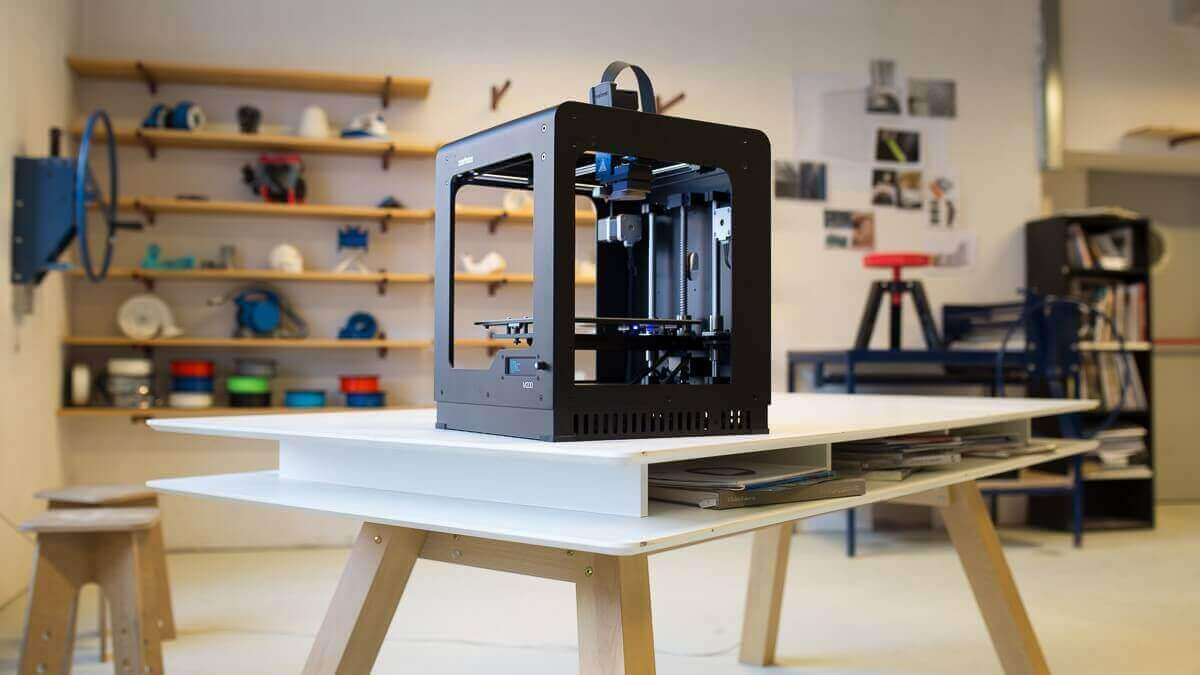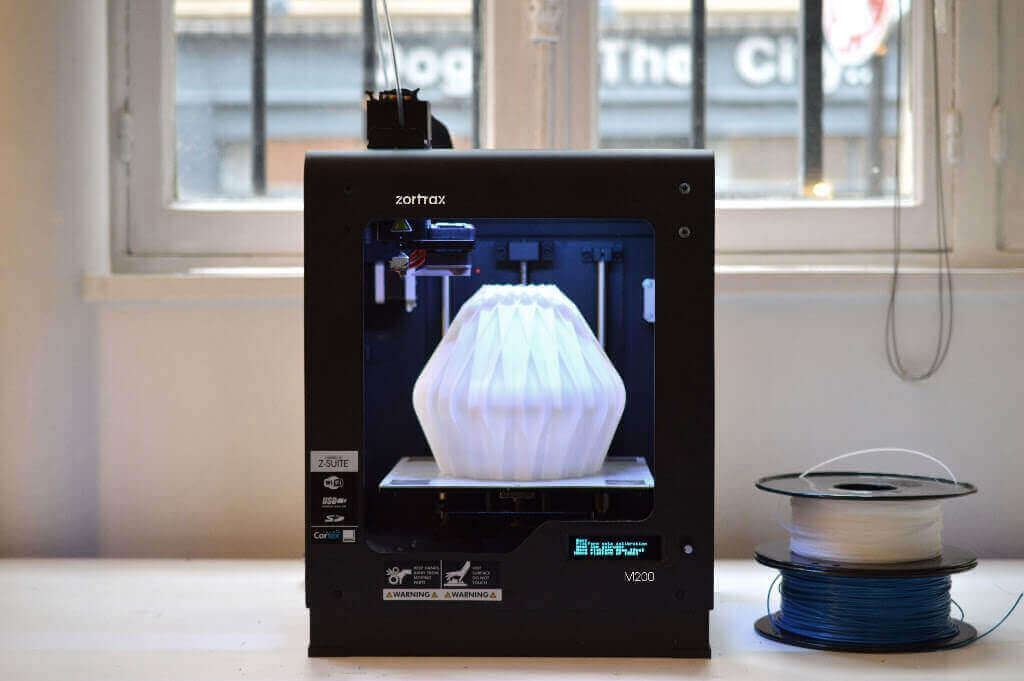Zortrax are going strong in Poland with the opening of a store in Warsaw, and their 3D printers adopted by academic instituions throughout the country.
The Ministry of Education in Poland has been exploring ideas to reform their educational system, to better prepare students for the challenges posed by the modern world. Offering a helping hand across the board is 3D printer manufacturer Zortrax, with an impressive series of initiatives and training programmes.
Their Zortrax store and showroom, which opened last December, does more than sell 3D printers. They are also helping to familiarize artists and designers with 3D printing technology, so it can be incorporated in their work in the future. To do this, the store offers lectures for students from the Academy of Fine Arts in Warsaw.
Rafał Tomasiak, Zortrax CEO, makes his case:
“We wanted the Zortrax Store to perform many different functions, and I’m glad that we have been able to pursue these objectives. Our store is primarily, of course, a place in which you can buy our 3D printers, but it also serves as a place for people to discover and familiarize themselves with 3D printing technology. We believe that Poland needs to be educated on the benefits of 3D printing, which is why our Zortrax Store is a place which is open and willing to cooperate with the country’s educational institutions.”
In addition, Zortrax M200 3D printers are being used to teach students in academic institutions like the School of Form, which educates future designers. A recent project at the school, entitled “Polish folk art seen through new technologies”, featured a robot arm and 3D printed parts.
Designer Basia Dżaman drew inspiration from traditional embroidery to create a fully functional technology which enabled a robot, KUKA, to build structures out of various fibers (carbon, glass, Kevlar) which had been hardened in resin. Here’s video of the impressive project:
Zortrax and Agricultural Education
It’s not just designers and artists who are taking advantage of additive manufacturing technology. The Agricultural Education Centre in Stare Lubiejewo (part of Poland’s Ministry of Agriculture and Rural Development) have also adopted 3D printers into their training. The technology is used to teach agricultural mechanization technicians, mechanics, and agricultural vehicle and machinery operators.
Andrzej Sakowicz, head of apprenticeship at the Agricultural Education Centre, has emphasized that the relatively low cost of 3D printers and their components make it a reasonable investment for many schools. He says:
“As part of the subject basic machine construction, our students learn about the foundations of 3D design. They use a program called SolidEdge along with 2D documentation as the basis for their projects. When an opportunity arose to actually use 3D printing technology, we decided that this would make an excellent combination; it would give us the opportunity to physically show what is being created via the computer and its software.”
He claims that 3D printing offers many advantages; it helps develop a student’s imagination, their ability to combine theories with actual results, and helps them keep up to terms with new technologies.
Indeed, the school’s 3D printers have sparked such an interest among students that they’re currently working on plans to organize a 3D printing club!

Zortrax Provides 180 Public Institutions with 3D Printing Hardware and Software
Elsewhere, as part of a tender organized by the Mazovia Development Agency towards the end of 2015, Zortrax has provided 180 schools, libraries and community centers in the Mazowieckie province with M200 3D printers.
To support the uptake of the technology, the company has also organized specialized courses and workshops, which are open to attendance by anyone interested in 3D printing. They provided the necessary software and training materials, together with an annual reserve of printing materials and components to the public instutions in Mazovia.
It’s a fantastic model, where Zortrax’s 3D printing devices are made available to local communities as part of an initiative to popularize 3D printing technology. This will encourage equal opportunities education and lessen the “digital exclusion” of smaller towns and provinces from the 3D printing revolution.
The last word from Rafał Tomasiak, Zortrax CEO:
“Studies have shown that Poland accounts for at least 10% of the global 3D printing market. Poland has a thriving 3D printing industry; at least several other companies, apart from us, are trying to develop and export their products abroad. I am glad that Polish schools have noticed this trend and that a decision was made to incorporate 3D printing into their educational programs. 3D printing has brought on lots of changes, and I think that it’s very good news that more and more educational institutions have started making attempts to respond and keep up with these changes.”
It appears that Zortrax has been wildly successful in their goal of raising education about their products and 3D printing in general. Long may these efforts continue.

License: The text of "Zortrax Driving 3D Printing Education in Poland" by All3DP is licensed under a Creative Commons Attribution 4.0 International License.